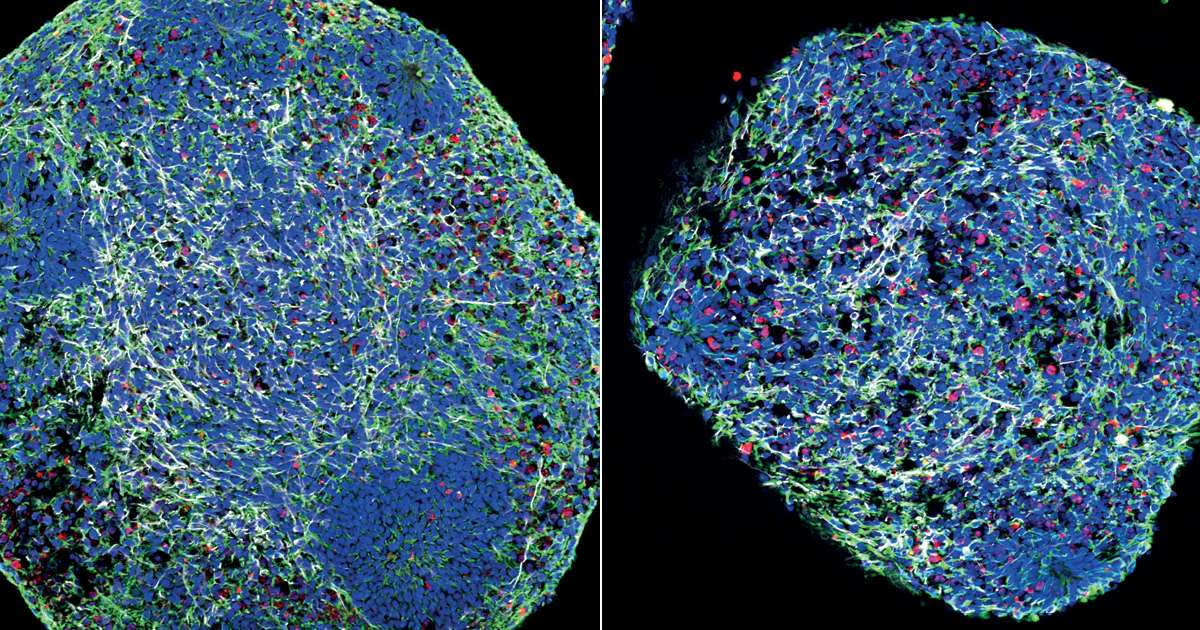Scientists used the CRISPR-Cas9 gene editing technique, which functions like a pair of high-precision microscopic scissors, to alter stem cell DNA, replacing the NOVA1 gene with its archaic version from the extinct Neanderthals and Denisovans. The cells were then cultured until they became cerebral organoids, also called mini brains. Those with the ancient gene developed more quickly than those with the same gene as modern humans. The organoids with the Neanderthal gene, however, were smaller, possibly because neuron proliferation was slower and programmed cell death, known as apoptosis, occurred at a faster rate. The mini brains with the edited gene also had a more convoluted surface, possibly due to less organized cell division and reduced communication between neurons. The study, led by Brazilian biologist Alysson Muotri from the University of California, San Diego, USA, suggests that the emergence of the modern version of the NOVA1 gene may have contributed to the more sophisticated brain of Homo sapiens (Science, February 12). From an evolutionary standpoint, it is revealing that the variant, once it emerged, became the only version of the gene present in human populations—a sign of strong natural selection. Researchers from the Federal University of ABC and the Pontifical Catholic University of Paraná also participated in the study.

Alysson Muotri / UCSD
The mini brain with the Neanderthal gene (right) is smaller and has a more irregular surface than the mini brain with the modern human gene (left)Alysson Muotri / UCSD